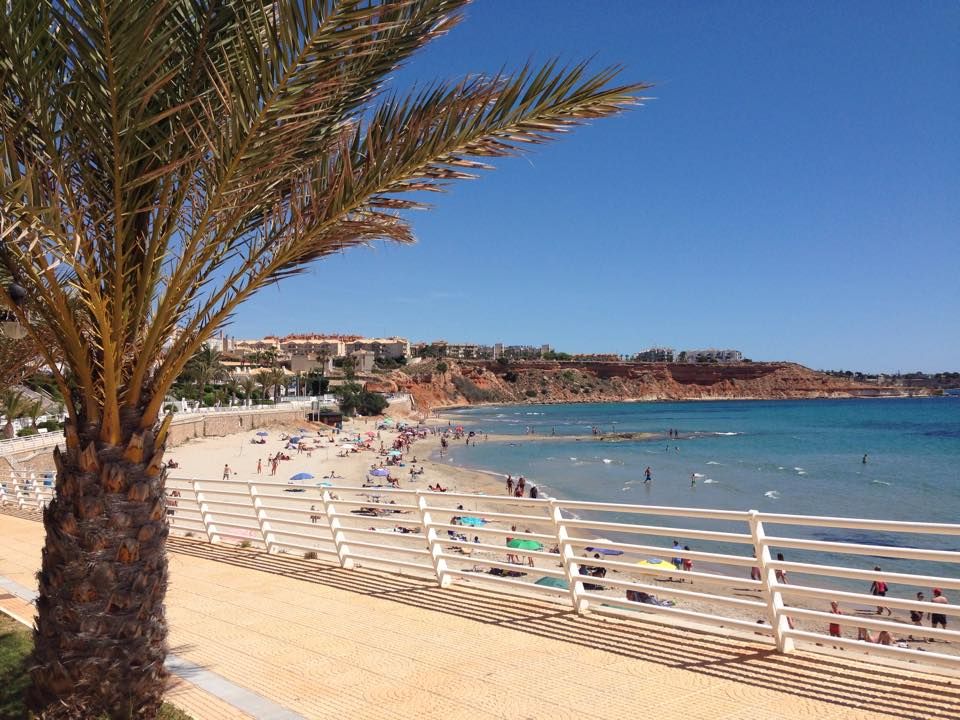
Orihuela Costa - nice place for a holiday home
17.08.2017
Orihuela Costa has plenty to do for the shoppers, culture-vultures and sun-worshippers amongst us. Divided into three areas, Orihuela Costa includes the Costa itself, the city and the countryside and La Pedrera Reservoir. Top of the picks for the centre of Orihuela city are its historical venues. There’s the Casa Museo Miguel Hernández, two regional museums; the regional Archaeological museum and the Museum of the Reconquest. The cathedral and Santa Justa church boast outstanding masonry and intricate care and attention to detail. For something a little more likely to make you sweat (in a good way!), head to the casino in Orihuela to see how lucky you are on the tables! Tapas are the recommended food in Orihuela for those evenings where you want a break from your new kitchen. Celebrate the success and joy of buying your new home in Orihuela Costa with a meal at a local restaurant where local cuisine, friendly service and good wine are the order of the day. A home in Orihuela has the joy of the beach to look forward to. There’s certainly plenty of choice with a selection of beaches to choose from. La Zenia, a 350m long beach by 60m wide, is one of the most popular, with something for everyone from people watching to water sports. Mil Palmeras is a quieter beach, maintaining its natural charm. Cabo Roig is great for water sports such as sailing and windsurfing. Cabo Roig also has European Blue Flag status, a beautiful marina nearby and excellent disabled access. The market takes place on Tuesday and Saturday mornings and there’s also plenty of shopping opportunities at the Ociopia Shopping Centre which has some great Spanish and European names under one roof, along with a cinema, perfect for those few days when the skies are a little grey. Orihuela is perfectly located for day trips or even a mini weekend away in Alicante, Elche as well Murcia, further south. Head to Orihuela’s train station, just 1 km from the town’s historical town centre for a train when you feel like exploring further afield. Interested in having your own holiday home in this very nice area? Have a look at our offer of property for sale in Orihuela Costa! Sources: Tripadvisor.com Ccociopia.com Eurotourguide.com Orihuela-costa.eu
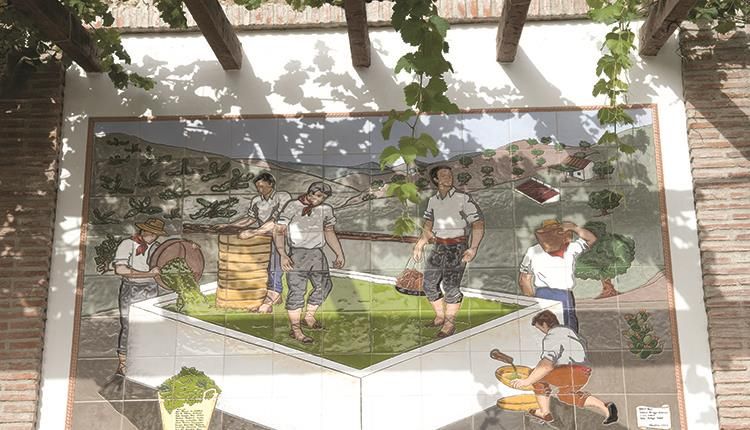
Start the vintage on the 15th August with the party in Cómpeta!
22.07.2017
Wine is integral to life in southern Europe. You’ll often see locals having a glass over lunch or even enjoying a small glass with their dark, strong coffee first thing on a morning. It’s one of the elements of the Mediterranean diet that is accredited to their longevity and good health. Celebrating the start of the harvest Wine is also very much part of society’s celebrations, and this is very true in the Andalucian town of Cómpeta, a town which can be found to the north east of Andalucia, near the Sierras of Tejeda, Almijara and Almara Natural Park, approximately one hour and 15 minutes drive from Málaga itself. The celebrations take place on the 15th August, also the day of Our Lady of the Assumption, the patron saint of the town, and celebrate the days when people used to leave for their country houses or go to work at country houses picking and crushing the grapes for wine. In those days, they didn’t return until October when the harvest or vintage was over, and so this was a parting fiesta. Flamenco, local produce and poetry The Plaza de la Vendimia in the town centre is where everything takes place and the party begins with grape stomping accompanied by music known as fandangos from Cómpeta itself and panda and verdial dances from other local towns. There are other events during the day including a regional produce market, Flamenco singing and dancing, poetry readings and shows by local artists. Of course, the day and night are not complete without trying the local food, in this case migas - a fried breadcrumb dish that is served up by the locals alongside the wine that the celebrations centre around. The wine, a Muscatel is a sweet orange-brown in colour, is delicious with the migas and local cheeses and hams. Cómpeta is within driving distance of Málaga and many of our properties for sale on the Costa del Sol. This traditional festival is well away from the tourist map and retains its charm. Local hotels are available if you want to stay the night and really celebrate with the locals. Sources: Visitcostadelsol.com Andalucia.org Telegraph.co.uk
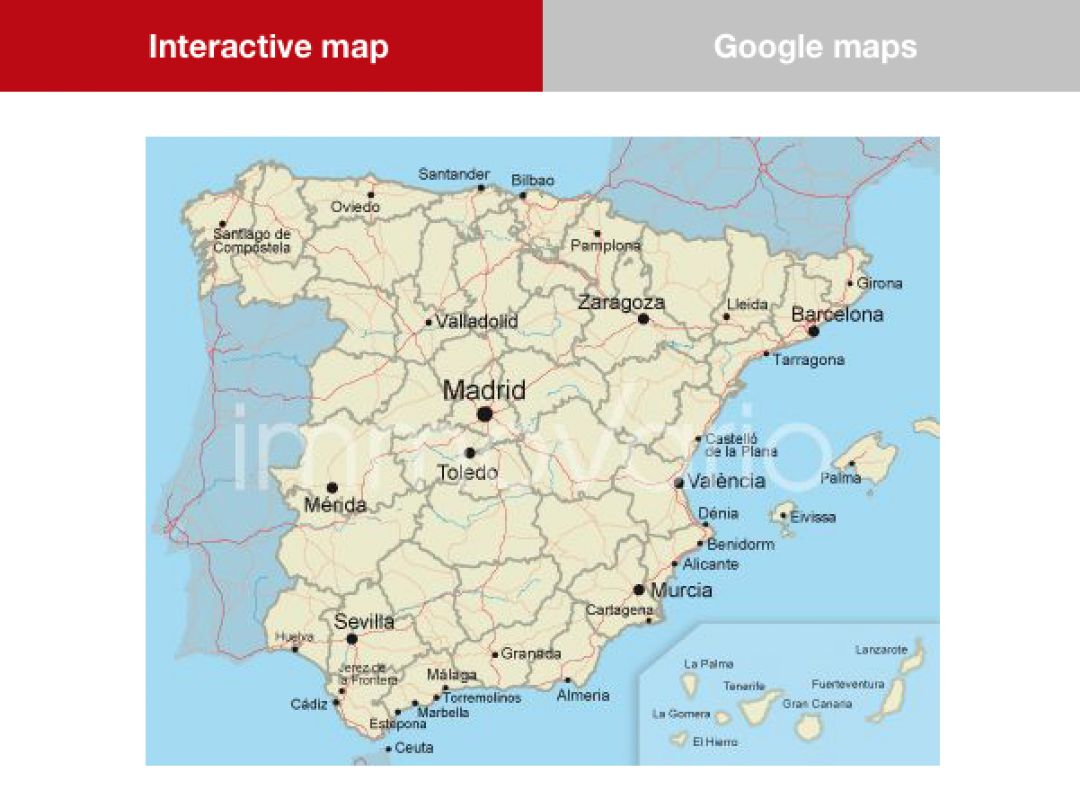
Buying a home in Spain - some guidelines
29.06.2017
Spain is an excellent choice for a second home, a place to retire to or for a holiday home. With many expat communities, expat home comforts and people to help with the Spanish house-buying process, you are in very good company., Numerous days of sunshine, fantastic food and wine, beaches and lakes as well as friendly locals and often a lower cost of living compared to northern Europe, Spain is an excellent choice for all! Here is a short guide to buying a property here. Estate agents All of our properties are available for sale through an estate agent, which helps to protect your purchasing rights and guide you through the process. Once you have chosen your new home, you will need to pay a (mostly 10%) deposit to reserve it in your name. At this point the property is yours in principle, subject to legal contracts being signed. Should the vendor pull out of the sale they have to pay a fine which is equivalent to 20% of the value of the property, and as such it is not worth them pulling out of the sale. Lawyers and notaries A lawyer who is registered with the Spanish Bar Association can help you to check the contracts and ensure that the owner of the home is the one you are purchasing the property from indeed. A notary will also be involved in the end, to ensure that searches for debt, outstanding mortgages and legal building as well as new development plans in the surrounding area are covered or sorted out before you officially own the property. A notary will also check that all of the taxes due on the property are paid. Property Surveyor If considered necesary, a surveyor could check for you that the house is habitable, that the roof is intact, that there are no insect infestations and that the structure meets building regulations and the plans for the house before prepareing a "cédula de habitabilidad" which confirms that the house is habitable. You also need this for amenities contracts such as gas, water and electricity. Things to do in between signing contracts and passing by the notary In between signing the reservation contract and signing before the Notary, you will need to organise two things. The first of these is a Spanish National Insurance or tax number, known as a N.I.E (Número de Identidad de Extranjero). This enables you to register as a European citizen in Spain and can generally be organised through your broker. The second thing you need is a Spanish bank account, to be able to transfer the remaining value of the property on the date of purchase. Other local charges Once you own the home you will be responsible for paying the "Impuestos sobre Bienes Imueble", an annual tax on property and if you buy within a complex, for the communal maintenance fees, which are normally paid by the year or every month. These are for the upkeep of the buildings and land they are on. Get in touch now to start looking for your home in the Spanish sunshine! Start your search overhere on ImmoVario to contact local agents. Sources: Telegraph.co.uk
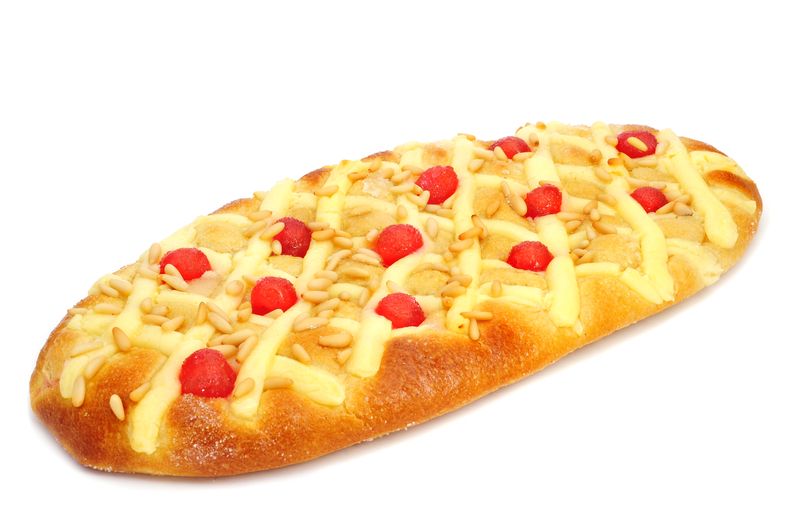
Saint John's Day: celebrations on the Costa Brava
07.06.2017
One of the biggest festivals on the Costa Brava calendar is St John’s Eve (Sant Joan in Catalan). It takes place on the evening of the 23rd June every year and lasts until the next day. St John’s Day is a big party in several places around the world with different traditions making each celebration unique. The celebrations that take place across Catalonia range from small bonfires and parties with family and friends to bigger celebrations in towns and cities. Wherever you are, you are guaranteed an amazing time! Fireworks, food and Cava Known as the Revetlla, the fire and fireworks central to the Saint John’s Day parties are thought to come from Pagan times, like many other celebrations in the Christian calendar. Fire purifies and offers a fresh start, and in Catalonia it is just one element of a bigger party! There’s music, dancing in the streets, Cava, Catalonia’s sparkling alternative to Champagne, and fabulous food. One of the traditional breads that you have to try on the night is Saint John’s coca or Saint John’s cake. It’s a sweet bread topped with custard and candied fruits, as well as nuts if the baker adds them to his/her recipe. You can find some great traditional recipes and ones with a twist on the internet. Just search for Saint John’s coca or Coca de Sant Joan. The Flama del Canigó If you have a holiday home in Girona, you are in luck! It’s where the biggest celebrations take place and they all start with the Flama del Canigó or Canigó flame. The Canigó flame is a flame that is lit all year round and it is the flame which provides the torch for fires around Girona, and even further afield in Barcelona and other parts of the region. Torches are brought down from the top of the Canigó mountain where the flame is lit on the 22nd and 23rd June by way of a relay exchange. The flame is then spread across Catalonia, lighting up bonfires in individual towns using this relay exchange. Groups, villages and associations spread the flame in accordance with their own traditions and celebrate it with dancing, singing and music as they light their own bonfires in different ways. The flame represents the longevity of Catalonia and its culture. Looking for a house in this lovely area? Please have a look on our website immoVario.com to find a nice overview of houses for sale in the Costa Brava Sources: En.costabrava.org/events/event/saint-johns-eve Lameva.barcelona.cat/culturapopular/en/festivals-and-traditions/nit-de-sant-joan
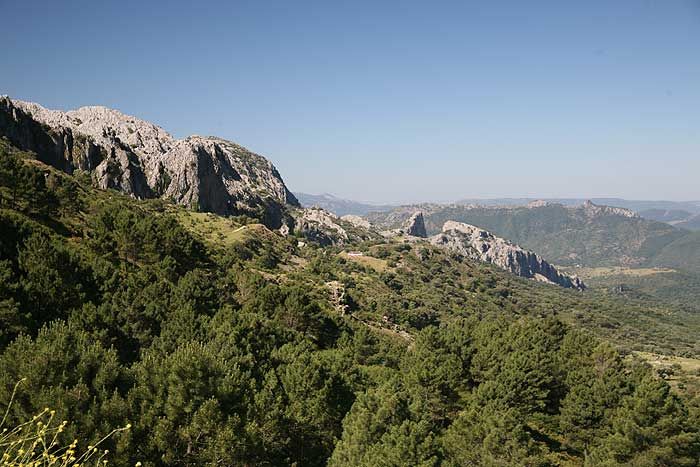
A 2nd home close to Costa de la Luz´s natural park?
08.05.2017
The Costa de La Luz offers an excellent climate, outstanding food and wine and is home to some outstanding natural reserves. In 1977 the Sierra de Grazalema Natural Park was named a UNESCO Biosphere Reserve and in 1984 it was declared as the first natural park in Andalucia. Covering an area of 51,695 hectares, the park’s fauna and flora combined with the rocky limestone landscape of cliffs, gullies and rock formations as well as the flowing rivers and streams provide a stunning setting for family days out or for hikes, walks and bike rides. Within the park there are several areas to explore, meaning this is the perfect place to come and visit at different times of the year. For those that want to simply relax in the shade, the El Castillejo botanical garden is ideal whilst the Ecomuseo del Agua, a water museum, tells the story of the use of water in the Sierra de Grazalema. It is located in an old watermill and is the starting point of one of the park’s walks. There are over 30 pre-planned walking routes (senderos) within the park, from one that is approximately 2.3km in length to one that is 10km long. Information on what you can see along the way is available at the park’s comprehensive information points. Fauna and flora The park is home to bats, birds and mammals. Birds of prey are particularly easy to spot with Griffon vultures found in the Garganta Verde which can be found within the Sierra del Pinar. Booted eagles, Egyptian vultures and Bonelli eagles also inhabit the Sierra’s highest, rockier outcrops. A large bat population is found in the Hunidero Gato caves, particularly in winter when they hibernate. The largest of the caves is a whopping 4km long. Common and less common mammals include badgers, foxes, roe deer, otters and the beautiful Spanish Ibex. As can be expected in Andalucia, the park’s flora includes cork and olive trees which grow alongside Mediterranean strawberry trees, dwarf fan palms and lentisc. Poplar, willow, alder and elm trees grow alongside the streams and the El Bosque river. Getting there and information centre The Sierra de Grazalema Natural Park is easy to reach by car via the A372, A373 and A374 from your holiday home on the Costa de la Luz. It has three information centres in various locations (Cortes de la Frontera, El Bosque and Grazalema) which provide maps, information and walking routes and you can also find information at the tourist office in Cadiz and Malaga. Please have a look at our holiday homes for sale on the Costa de la Luz, to be able to enjoy this area more often! Sources: Andalucia.com
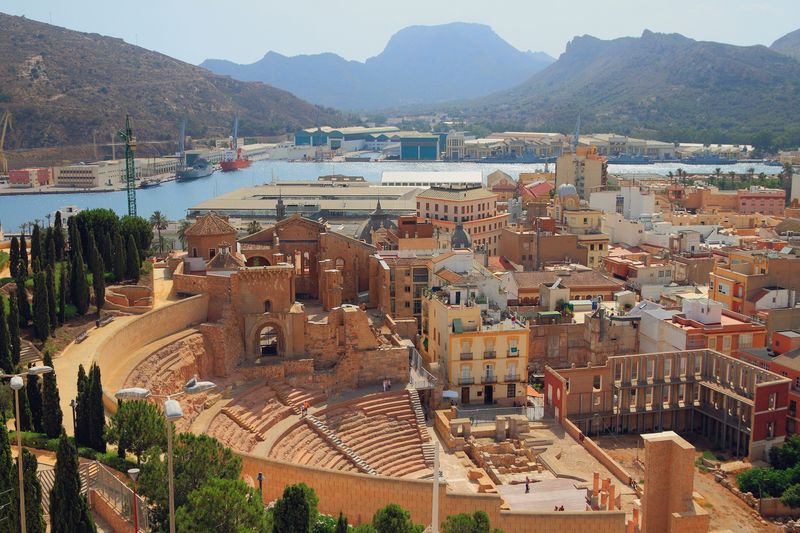
Buy a home in Murcia, near Cartagena's rich history
14.04.2017
Cartagena, the capital of the Murcia region is a fabulous city to visit from your second home on the Costa Cálida. A smaller, lesser known Spanish city compared to Málaga or Barcelona, it has a true Iberian feel, and its main attractions can be found in the predominantly intact stone city walls. Roman empire Once inhabited by the Romans, originally in 209 BC before being noted as a colony in 54BC, Cartagena still has vestiges of the empire on show to visit today. The Roman Theatre Museum has exhibitions explaining how the archaeological digs have taken place over time, exposing the city’s Roman past and culminates in a visit to the remains of the Roman amphitheatre which has been restored in places to give an overview of what it would have looked like at the time. Naval history Cartagena has a rich naval history, although today it’s more likely to be cruise ships docking at its port than merchant and trading ships. A fascinating look into both Cartagena and indeed Spain’s naval history can be found at ARQVA, the Museum of Underwater Archaeology. A ship-shaped, half-submerged museum located on the waterfront which boasts wreckage from a Phoenician ship from the 7th century BC, finds from Greek and Middle Ages ships as well as treasures from Nuestra Señora de las Mercedes, a ship that sank in Portuguese waters off the Algarve but that was discovered by an American company. The Spanish government fought to claim the wreck and its contents as a part of Spanish national history and some of the results can now be seen in Cartagena. The Capitanía General building in the centre of town is also fantastic for sailing fans and those who like intricately decorated buildings and dates from 1738. Castle views Take the lift to the Castillo de la Concepción for the best view of the town and harbour. You can explore the 13th century castle which was built on top of a Roman temple and was also the location of the air-raid siren during the Spanish Civil War. Lunch options Excellent menús del día are available all around town. If you don’t feel like putting together your own meal to enjoy in the Plaza de la Merced, the tapas are fantastic on Calle Mayor or you can simply enjoy the view along the waterfront where the newly opened bars are perfect for a drink later on in the afternoon before working up an appetite for dinner late in the evening. For details of properties currently available in this area, click on this link: properties for sale Costa Calida Sources: Independent.co.uk Mecd.gob.es Spainisculture.com Also have a look at: https://www.your-rv-lifestyle.com/travel-tips.html picture: © Vadim Khomyakov | Dreamstime.com - Roman theater and ruins of cathedral. Cartagena, Spain
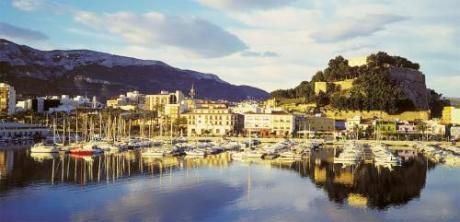
Dénia: a good place for your new home in the sun
06.03.2017
One of our popular locations for those looking to buy a second home on the Costa Blanca is Dénia. With 20 kilometres of coastline, amazing beaches and an array of sport and social activities, Dénia is an excellent choice for those who want to move to a warmer climate with an established expat community. Dénia has an extensive cultural offering including churches, a castle and several museums. Here is a summary of the must-see sites near your new home. Churches There are three main churches to visit in Dénia: iglesia de la Asunción, iglesia de San Antonio and iglesia de Nuestra Señora de Loreto. These churches can be found in the centre of town, a short walk from the marina area. Castle and Archaeology Museum The castle and museum are located in the centre of town and are open all year round, with opening times varying depending on the time of the year. The museum of archaeology is located within the castle and can be reached on foot from the Plaza de la Constitución in the centre of town and it can also be reached on the tourist train which you can catch from the stop located on Marqués de Campo. The museum has four rooms with exhibits showing pieces from four main periods in Spanish history: Iberian, Roman, Moorish and Christian. The Islamic bronze collection and Andalucian ceramic collections are of particular importance and note. Museo Etnológico With exhibits over three floors, the Ethnological Museum is located in a typical 19th century bourgeois house. Dénia grew rapidly in the 19th century thanks to its links to the raisin trade. The museum explains how the city underwent major urban development and how its growing middle-class society enjoyed the benefits of the increased wealth during this time with the arrival of the railway and natural gas just some of the new luxuries to be found there. The museum's artwork, period clothing displays and tools of the time explain how grapes were harvested, how industrialisation affected the raisin manufacturing process and what the affects of price fluctuations were on the city's strong commercial partnerships with England, northern Europe and America. Our properties in Dénia If Dénia sounds like the perfect place for your new home in the sun, check out our houses for sale Denia in this ever-popular city. Sources en.comunitatvalenciana.com denia.net
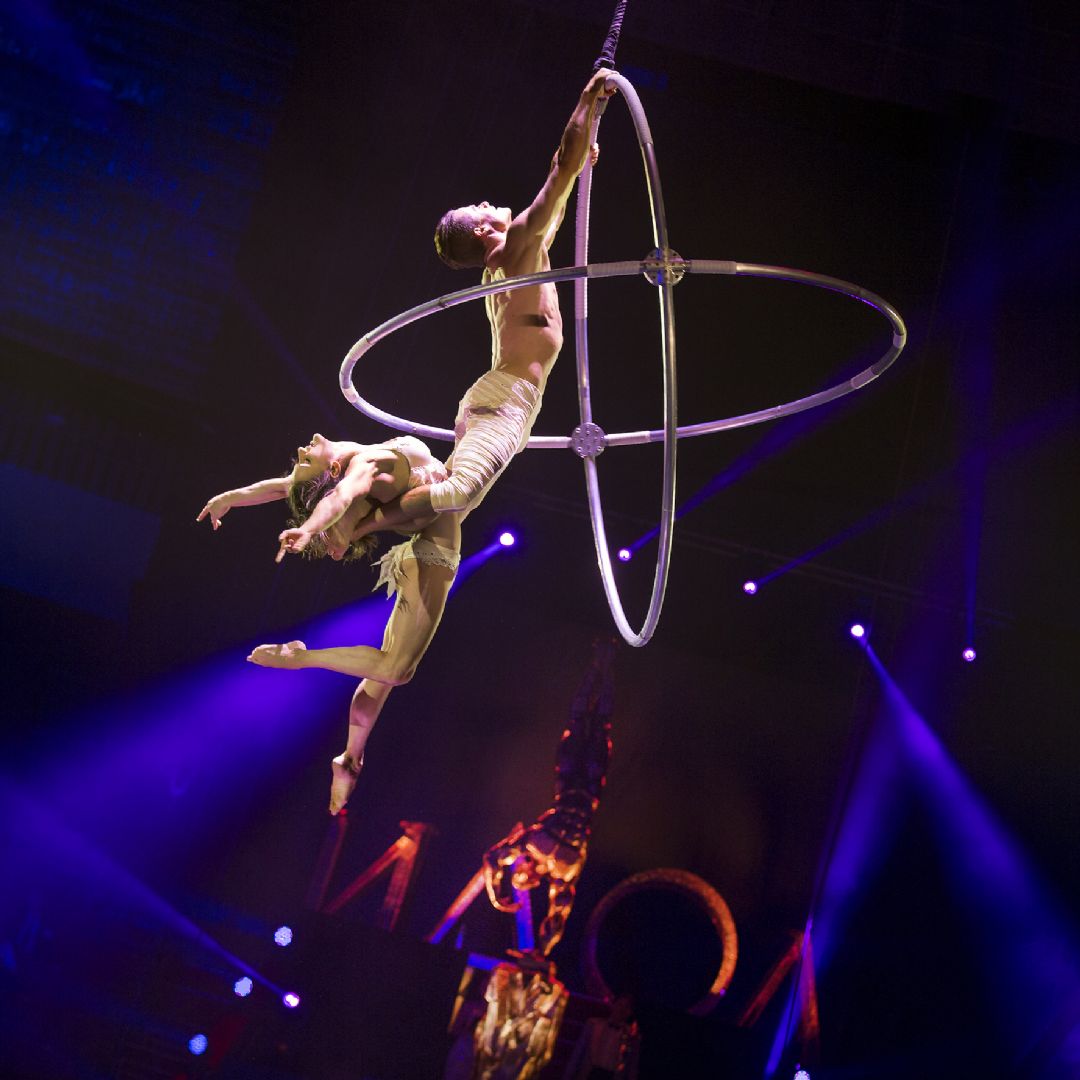
The circus is in town!
08.02.2017
The Figueres International Circus Festival is an event that is not to be missed for those who love seeing the circus when it is in town. In 2017, the festival returns to Figueres for the sixth consecutive year with a wealth of artists, acrobats and entertainers lined up, ready to delight and amuse those who step into the big top. The big top in numbers This year the festival takes place from the 16th to the 20th February and has a whopping 82 artists from 24 different countries in its line up. There are three new shows in this year's programme and 2,206 spectators in each audience, alongside judging panels who will decide who goes through to the final show. The shows There are three different shows to see: the red and blue which give the artists their first opportunity to show off their ballet dancing, juggling or acrobatic skills. These two shows take place in front of a selection of judges whose final decisions determine who goes through to the gold show which is the circus's final performance where the awards are also given out. The artists This year's festival boasts a variety of artists from all over the world. From Baltabarín, the Chilean clown to Wu Song Tao, a Chinese magician to Marco Antonio Penagos, a Mexican hula hooper, there is something to wow everyone. Circus exhibitions As well as the big show itself, there are a series of exhibitions open to the public with photos from past events and information about each act. Circus memorabilia will also be on sale for those who want a long-lasting souvenir of their visit. The big tent One of the highlights of the show is the big tent which has 360 degrees visibility for those watching the show. There are no columns to spoil the view in this inclined grandstand. Tickets are available online now and given how popular the event is we advise you to book early. The Figueres International Circus Festival is a perfect excuse to visit Figueres from your home on the Costa Brava. A lovely town in itself, Figueres is a short drive from many of our locations on the Costa Brava. Please have a further look on our website for a nice offer of property for sale on the Costa Brava! Sources www.festivaldelcirc.com/en En.costabrava.org
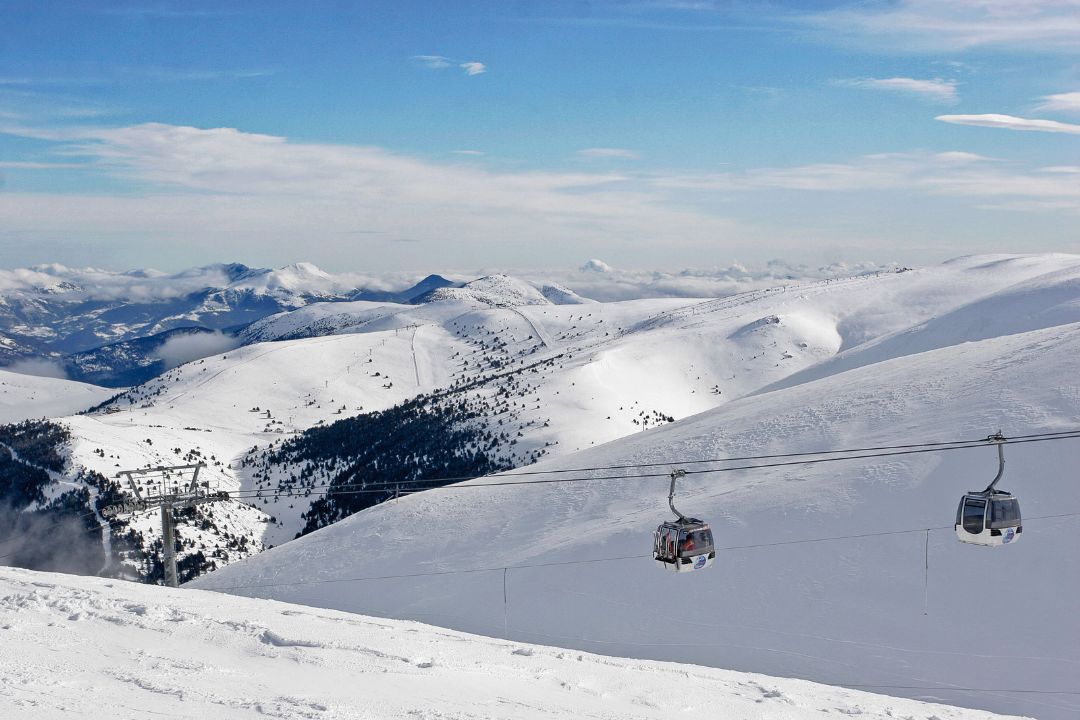
Freshly laid snow on the Costa Brava
26.01.2017
Unearth your ski boots because it's time to enjoy some freshly laid snow in the Spanish Pyrenees, an easy drive from the Costa Brava! Owning a home on the Costa Brava isn't just about enjoying the sunshine and lazy days on the beach. The Spanish Pyrenees have five ski resorts, offering both Alpine and Nordic ski resorts. Well-known amongst the Spanish, the Spanish Pyrenees are still not quite on the map for ski fans in Europe, so they're the perfect getaway without the hustle and bustle of the Swiss and French Alps. Alpine resorts La Molina, Masella, Vall de Núria and Vallter 2000 are the Alpine ski resorts of the Spanish Pyrenees. The Alp 2500 area links La Molina and Masella to one another. All of these ski resorts have ski schools, so there's an opportunity to learn to ski for even the most novice of snow-lovers. Nordic resorts Guils-Fontanera is the Spanish Pyrenees' Nordic ski resort. It has 45km of pistes and for those who want to relax with a view and a hot drink (chocolate and mulled wine are always a good choice!), there are beautiful views over the peaks and the Cerdanya valley. Mountain trails and ice climbing For the more adventurous, there are some fantastic trails that can take you off the beaten track. A mountain guide is available at two of the ski resorts in the Alpine resorts (Alta Cerdanya Ski School and 360skiers - Turisme Actiu a la Cerdanya) to help you enjoy the wilder side of the snow-topped Pyrenees. Activities available include high mountain walking, ice climbing and ski mountaineering. You can choose to ski in the Spanish Pyrenees near your home on the Costa Brava for anything from one day to a longer stay. A weekend break for a spot of exercise with friends and family on sunny slopes is the perfect escape from the dreary clouds of northern Europe. With flights from many local airports with low cost airlines, you can even take your own skis and ski equipment. What are you waiting for? Head to the Costa Brava for a break on some of Europe's best kept snow secrets! Looking for a house in this lovely area? Please have a look on our website immoVario.com to find a nice overview of property for sale in the Costa Brava Sources: En.costabrava.org
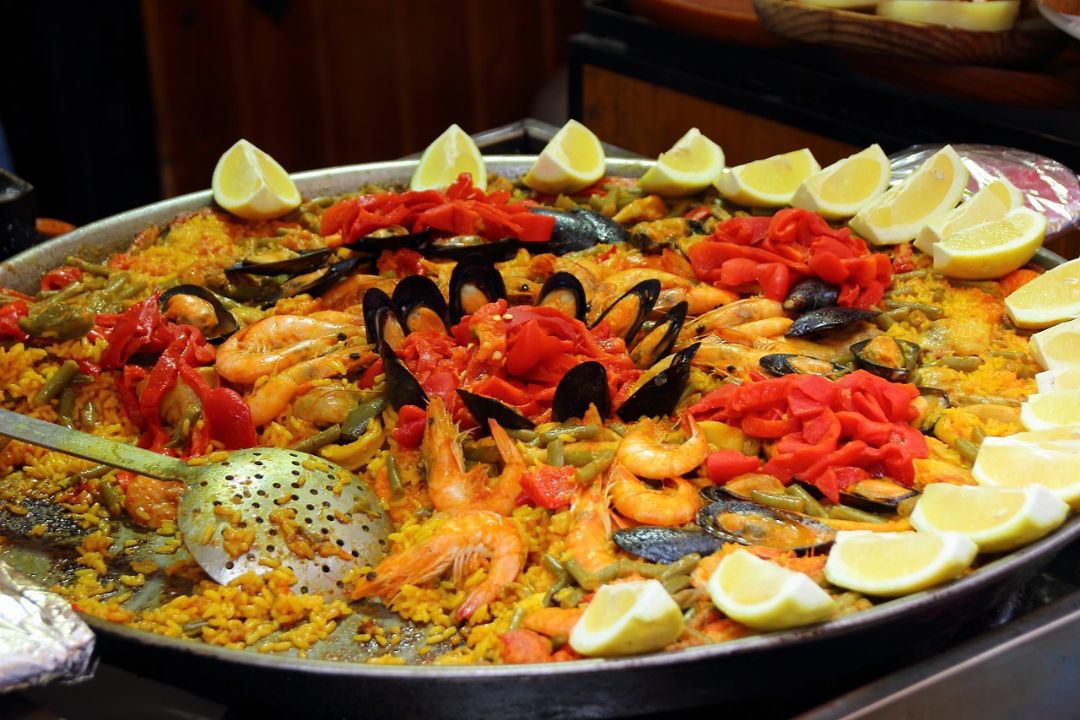
Buying Spanish Property: Traditional Spanish Food
14.01.2017
When you buy a property in Spain, you will not only be enjoying the sunshine and the laid-back Spanish lifestyle, but will also have the opportunity to explore the local cuisine. The Spanish love their food and drink and take it very seriously. While it is certainly possible for Brits to enjoy a full English breakfast or traditional Sunday roast in the main resorts, Spanish cuisine remains very traditional and is one of the pleasures of living in this beautiful country. Breakfast In Spain, breakfast is a light meal. Spaniards may start the day with a sweet roll and jam, or toast accompanied by cheese or a slice of ham. The drink of choice is a large bowl of café con leche. Throughout Spain, churros are a popular treat. These lightly-fried doughnuts are flavoured with cinnamon or honey. Lunch Lunch is the main meal of the day and it is no wonder that the Spanish linger over it and also take a siesta afterwards! After starting with a soup, salad or tortilla, you will move on to the main course, perhaps grilled meat or seafood with chips, accompanied by wine or water. This is followed by a dessert such as flan, a creamy milk pudding, or fruit, and you will finish up with coffee. Restaurants usually charge from between €7 and €10 for a three-course lunch. Tapas Tapas are popular in the evenings and at weekends, when you can wander from bar to bar, nibbling a few tapas at each. The menu is varied, but favourites include slices of succulent Serrano ham, wedges of cold tortilla, and meat fritters. Tapas may be accompanied by a cool San Miguel beer, a glass of sangria or a chilled Amontillado sherry. Dinner Dinner in Spain is a lighter meal than lunch, perhaps consisting of soup and an omelette, or paella, a delicious combination of rice, shellfish and chicken, flavoured with saffron. The Spanish like to dine late - it is not uncommon to see families sitting down to eat at 10 pm, especially during the summer. Wherever you are considering buying property in Spain, a little research is sure to unearth excellent local restaurants, and locals are usually only too happy to help with their own recommendations. ImmoVario presents the offer of local real estate agencies in touristic areas of Spain. So please have a look elsewhere on this website to see the available options!
